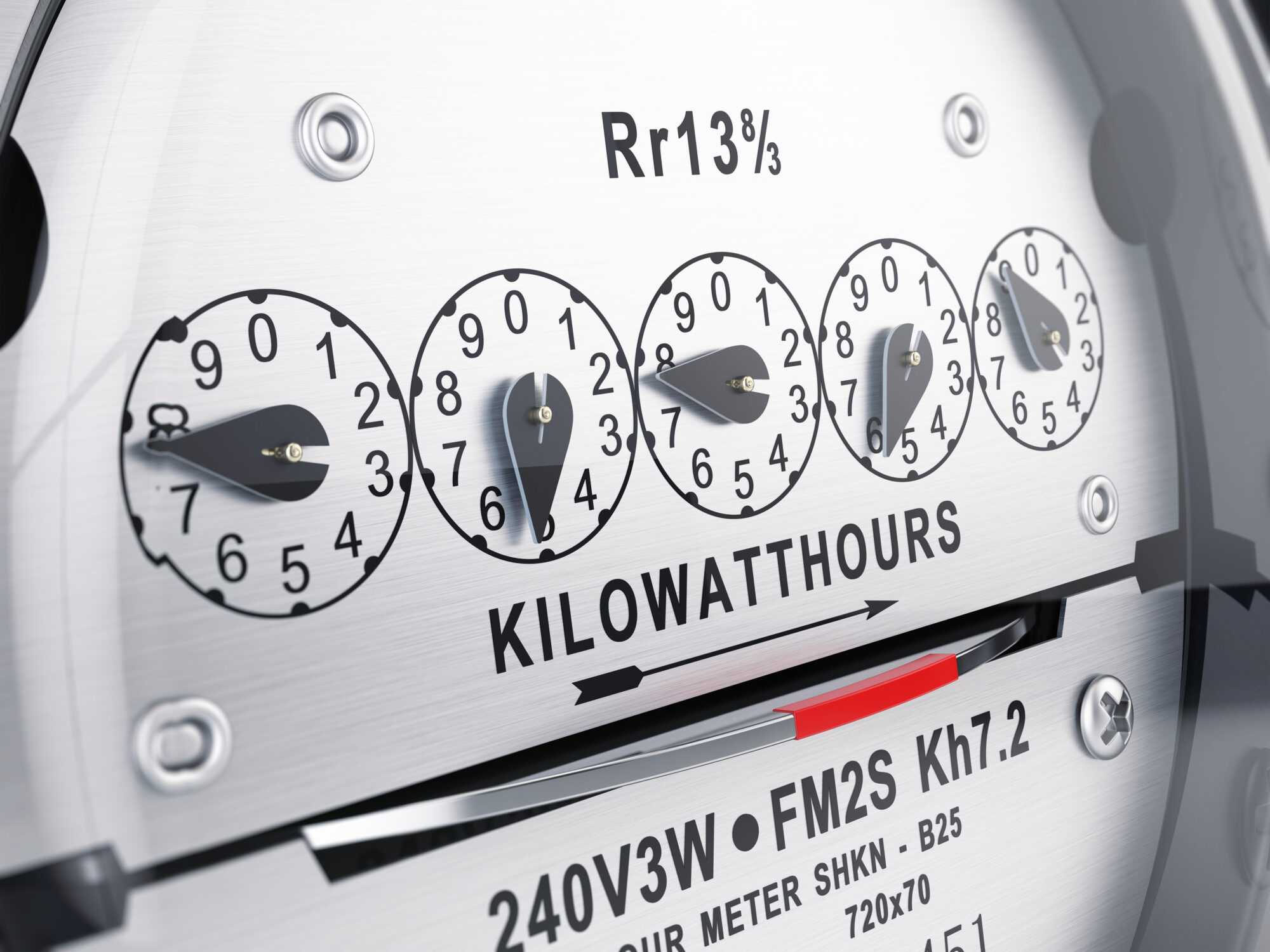In any building, one of the best ways to get information about utility usage is from submeters. If you are looking to save money by implementing an energy efficiency project, you won’t know if it really worked unless your team has detailed data about energy usage.
With the IOT (Internet of Things), submetering has become more affordable and easier to implement. With detailed information about utility usage in your building, submetering gives you a much better idea of how to reduce consumption, account for and accolade costs, and recoup costs from tenants.
Why Install Submeters?
Every building or site must have building level meters to be able to get utilities such as electricity, gas, and water. These meters are often read by the utility company once a month and measure the usage for the building or site.
Every additional meter below the building level meter gives you a better insight as to where your utilities are being used. If you have a group of buildings fed by one main meter, you have no idea how much each building is using, so installing submeters at each building will help.
Installing a submeter for each tenant allows you to accurately bill each tenant specifically for their usage – or at least confirm that they are within their lease allowances.
Once a tenant has insight to their consumption, they are able to implement their own green initiatives, giving them the power to contribute to energy efficiency in concert with the property team.
Further, if there is a question about the bill, the property team has an audit of data to reference.
With modern submetering practices, unusual consumption and spikes can be identified.
With many modern pieces of building equipment, such as chillers and Variable Frequency Drives, meters are included as part of the data point list, so check with the equipment manufacturer’s point list – you might already have a lot of that data. You should also check if you are installing new equipment, to see if your existing EMS or metering infrastructure can access these points. They can easily identify leaks, excessive run time, and other issues before they become hugely problematic.
The first things to think about when installing submeters are:
- How much detail do we want?
- How are we going to get the information back if you have existing meters?
TIP: If you’re using clipboards and spreadsheets, consider using a hardware agnostic automation software, like Genea’s Submeter Billing service.
Most meters can be networked back to a central data collector. If you are looking for more granular data however, then you will want to install additional meters. The more meters you install, the more information you’ll have.
Some property teams decide to submeter at the tenant level. But consider that a gym will use a lot more water than a regular retail unit so measuring all utilities for every tenant may not be the best use of resources.
Electrical Meters: This is one of the easiest meters to install and usually can be done without disrupting the tenant’s utility. Electrical meters measure voltage and current (along with other factors) to calculate the consumption. Using split core CTs (Current Transformers or Transducers) make the install straightforward.
All modern meters have a communications option to allow the data to be brought back to a central data collector. All are fairly simple and cheap to install and collect a wide range of data.
Gas, Domestic Water, Hot Water, Chilled Water, Etc.: There are several different types of meters to measure flow in a pipe and each has pros and cons.
In-line meters are normally the cheapest option when it comes to purchase costs for smaller size pipes but when it comes to installation, the utility must be shut off and the submeter inserted into the pipe, causing disruption for the tenant.
Insertion type meters can often by installed with no or minimal interruption via a hot tap. These meters are usually a little more expensive and use a paddle wheel or turbine to measure the flow. You may also need temperature probe inserts for BTU meters to measure HVAC components. The Hot Tap process requires an experienced contractor and turbine flow meters have a requirement for placement (often x10 pipe diameters after or before a bend) so they need to be carefully planned with a mechanical engineer.
Ultrasonic flow meters are usually the most expensive to buy but cheaper to install. They work by 2 sensors sending ultrasonic pulses to each other and calculate the flow. The downside is that they are often difficult to setup and have strict rules on placement (often x20 pipe diameter after or before a bend), which can be very difficult to do.
Collecting Data: Once you have all your submeters in place, all you need to do is collect the data.
In many buildings, a member of the building staff walks around with a clipboard and writes down the numbers on the meter – this is a time consuming process and often error prone. The clipboard data then gets passed to another member of the staff who must interpret the numbers and account for rollovers and multipliers.
However, there is a better option. Many submeters have a pulse output which can be counted and sent back to a data recording service, like Genea, who can interpret the data and produce bills and graphical representations. The pulses can represent a Kilowatt of electricity or a gallon of water depending on the meter and how it is set up.
There are also other options with the newer smart meters such as the Dent PowerScout, Triacta and Emon Dmon Class 3400. These use BACnet or Modbus to send data instead of pulses and can send other data. This is a much better and more reliable process and also allows for a more granular data collection.
The utility companies normally provide interval data for consumption on a daily basis and can be useful for month-over-month comparison.
Real time data is much more useful and can be collected by most modern EMS systems and can be collected as granular as every minute. This data can also be used for alerting for spikes and anomalies.
Once you have the data, you can use it in a variety of ways.
The simplest representation is a basic energy curve over a day or month. The data can be used to produce bills for tenants or internal cost centers and budgets.
Submetering data can also be used to look at equipment efficiency and fault detection. For example, a chiller may be working harder on a hot day but still running efficiently or maybe an AHU consumes more energy to produce the same amount of air possible indicating a problem with the unity, maybe dirty filters or bearings starting to wear.
As you can see, as metering devices get more advanced and affordable, the more possibilities there are to proactively target equipment for maintenance, repairs and even perform control algorithm tuning on the fly.
If you have more questions, please reach out and a member of our team would be happy to walk you through a demo.






